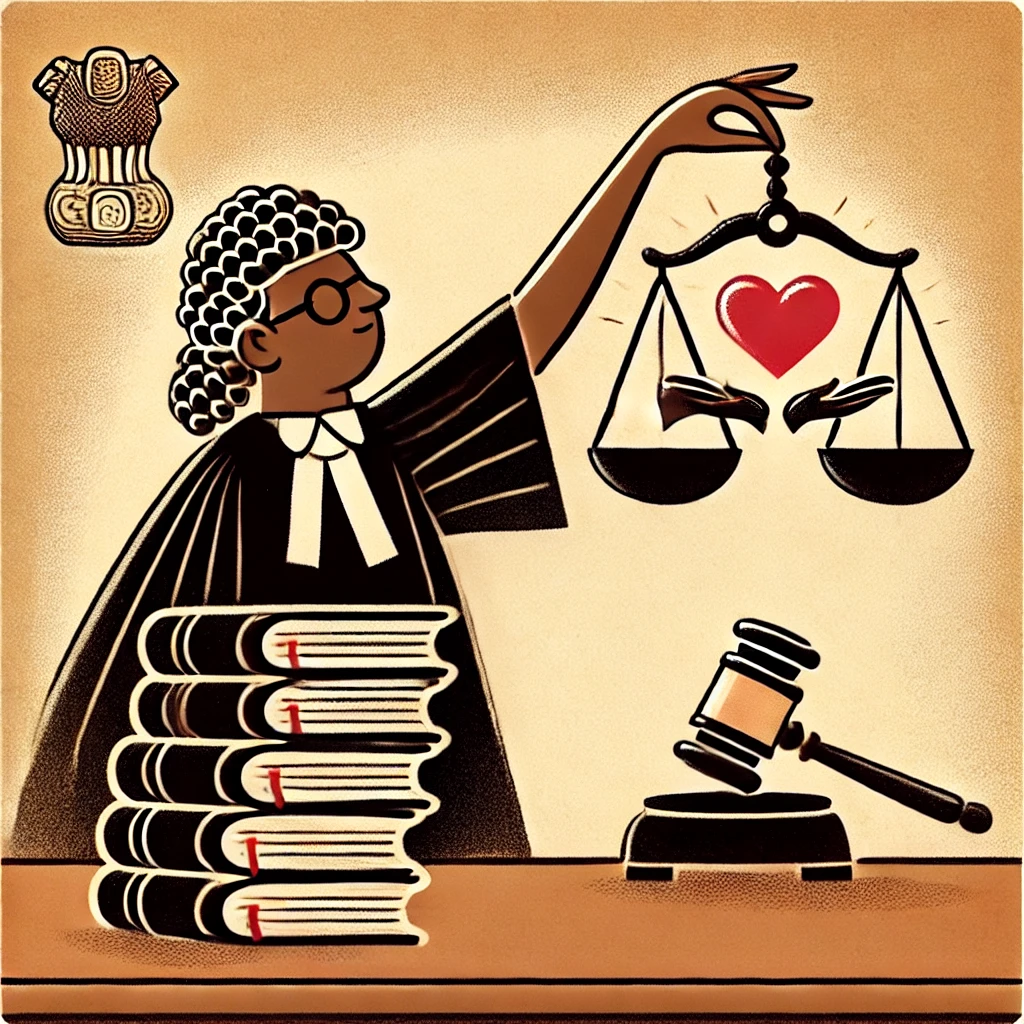Doctrine of Escheat
1. Meaning of Doctrine of Escheat
Literal Meaning (English Law): “Escheat” comes from the Old French word escheoir, meaning “to fall upon”.
Legal Definition: The doctrine of escheat is a principle under which property of a person who dies without a legal heir or will automatically reverts to the state.
Simply put, if a person dies intestate (without a will) and without heirs, their property falls to the government or the sovereign.
2. Key Principle
The doctrine is applied only when there is no lawful heir.
Property reverts to the state to prevent it from remaining ownerless.
It applies primarily to immovable property, such as land and buildings.
Ensures public interest and continuity of ownership.
3. Historical Background
Originated in English common law.
Initially, under feudal law, if a tenant died without heirs, their land “escheated” to the lord of the manor.
In modern law, the sovereign or state becomes the owner.
4. Application in India
Indian Succession Laws recognize escheat in cases where a Hindu, Muslim, or other individual dies without a will and without legal heirs.
Examples:
Hindu Law: If a person dies intestate with no heirs in Class I or II, property may revert to the state under public policy.
Muslim Law: If a deceased dies without heirs, the property may escheat to the government as per local laws.
Statutory Provisions:
Section 52 of the Indian Succession Act, 1925 (applies to certain non-Hindus) – property may vest in the state if no heirs exist.
State-specific laws: Many states in India have provisions to take control of property that lacks heirs or legal claimants.
5. Important Features of Doctrine of Escheat
| Feature | Explanation |
|---|---|
| Trigger | Person dies intestate (without a will) and has no legal heirs |
| Beneficiary | Property reverts to the state or government |
| Type of Property | Mostly immovable property, though movable property may also be included in some cases |
| Purpose | Prevents property from becoming ownerless, ensures public interest |
| Legal Basis | Common law tradition; codified in succession and state property laws |
6. Case Law Examples
K.K. Verma v. Union of India
Court held that property of a deceased with no heirs rightfully escheated to the state.
State of Rajasthan v. Rajkumari
Property of intestate persons without heirs vested in the government, emphasizing public purpose and ownership continuity.
Hindustan Lever Ltd. v. State of Maharashtra
Doctrine applied to ensure that ownerless land or property automatically becomes state property, preventing disputes and misuse.
7. Significance
Prevents Ownerless Property
Ensures property does not remain abandoned.
Supports Public Interest
State can utilize escheated property for development, welfare, or public purposes.
Simplifies Legal Disputes
Avoids confusion or litigation over property that has no legal claimant.
Maintains Continuity of Ownership
Property remains productive and legally accounted for, instead of becoming lawless.
8. Conclusion
The Doctrine of Escheat is a legal safeguard to ensure property does not remain ownerless.
It vests property in the state when a person dies intestate and without heirs, protecting public interest and legal order.
In modern India, it is applied under succession laws and state property rules, maintaining a balance between private ownership and societal welfare.


















0 comments